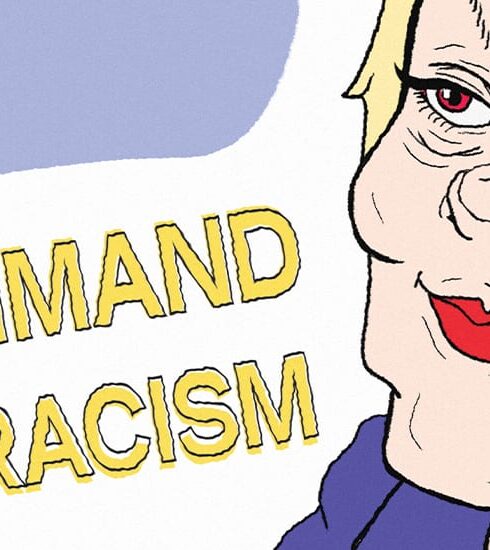Super Serious Science
Last week, we began our journey through some of the best pieces of research that no one asked for. Now, here’s part two because there are just too many strange and interesting awardees.
When we face a problem, a little bit of Kiwi ingenuity goes a long way. Lianne Parkin, Sheila Williams, and Praticia Priest from Otago University did just that, by determining that people slip less on icy footpaths when wearing socks on the outside of their shoes. The awardees of the 2010 Ig Nobel in Physics wanted to test an apparent winter tradition in Dunedin, and it worked. While it looks weird, socks on the outside of your shoes can give you more grip on slippery surfaces.
In 2014, Eigil Reimers and Sindre Eftestøl disguised themselves as polar bears and followed around a herd of reindeer in the Scandinavian wilderness, for science. With climate change melting the sea ice, polar bears are spending more time on land. This leads them to encounter reindeer more often. Additionally, humans have moved further north and interactions with wild reindeer have increased. The pair were testing to see how reindeer respond to humans and polar bears. The reindeer were observed to run twice as far when seeing a polar bear compared to a human.
Sometimes, scientists propose ideas that are a little more, shall we say, “abstract”. Marc-Antoine Fardin asked the question “Can a cat be both a solid and a liquid?” and won himself the 2017 Ig Nobel for Physics. He determined that because cats fill the space of a container due to their flexibility, they can be classified as a liquid. Whereas, outside of the box, the cat is very much solid. Through a series of complex fluid dynamics equations, he showed that if we apply what we know to new situations, it may yield some weird and wonderful results.
Anyone who has been in the vicinity of a young child knows how much they dribble. Winners of the 2019 Chemistry Ig Nobel, Shigeru Watanabe, Mineko Ohnishi, Kaori Imai, Eiji Kawano, and Seiji Igarashi, worked out that a five-year-old child can produce an average of 500 mL of saliva per day. Now, there’s something you probably didn’t want to know.
If you hate chewing noises, congratulations, there is now an official medical condition for that. “Misophonia” was the subject of the 2020 Ig Nobel Prize for Medicine. While it is thought to have been around for a long time, it has only been recently recognised thanks to this study. While it is incurable, awareness of it is at least a step in the right direction. Just another reason to not chew with your mouth open.
And last but not least, the 2022 Ig Nobel in Safety Engineering, was awarded to Magnus Grens, who, a number of years ago, wrote his masters thesis about the creation of a moose crash test dummy. Each year in Sweden, Canada, and many other northern countries, thousands of moose are hit by oncoming vehicles. The goal is to better understand what happens during these collisions and what safety mechanisms can be put in place to protect passengers in the vehicle.





